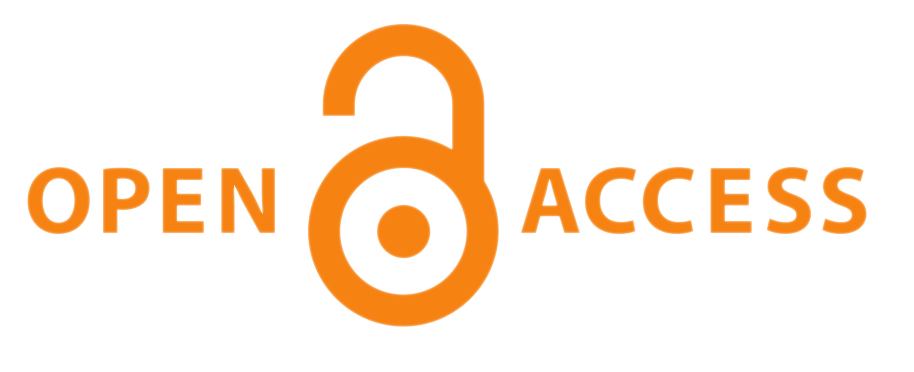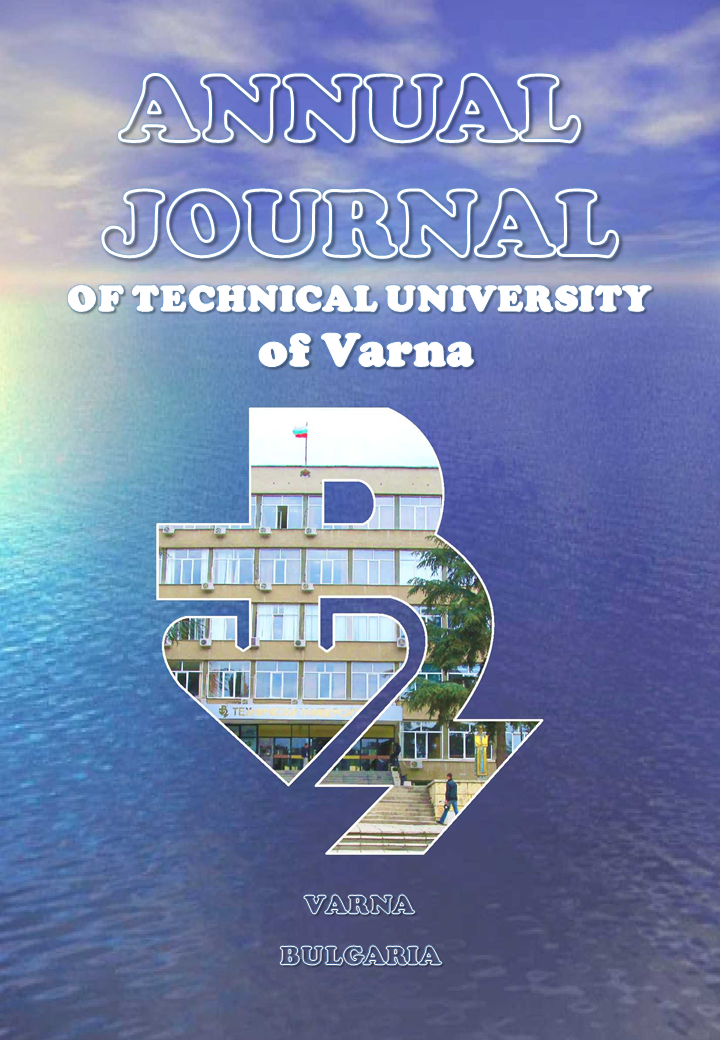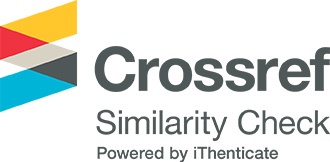Appropriate Conversion of Machine Learning Data
DOI:
https://doi.org/10.29114/ajtuv.vol6.iss2.262Ключевые слова:
homogeneous environment, machine learning, data, k Nearest Neighbours, Support-Vactor Machines, secret keyАннотация
Data is an important part of computer technology and, as such, explains the strong dependence of machine learning algorithms on it. The operation of any corresponding algorithm is directly dependent on the type of data and the proper data representation increases the productivity of these algorithms. Advanced in the present article is an algorithm for data pre-processing in a form that is most suitable for machine learning algorithms, with cryptographic secret keys being used as input data. The experimental results were satisfactory, and with the utilization of secret keys with significant differences, the recognition obtained is about 100%.
Скачивания
Библиографические ссылки
Загрузки
Опубликован
Как цитировать
Выпуск
Раздел
Лицензия
СОГЛАШЕНИЕ О ПУБЛИКАЦИИ
Ежегодный журнал Технического университета Варны (ЕЖТУВ) гарантирует опубликование оригинальных материалов и, в то же время, предоставление своим авторам значительной свободы. Для этого мы придерживаемся гибкой политики в отношении авторских прав, означающей, что передача издателю авторских прав отсутствует, и авторы сохраняют эксклюзивные авторские права на свою работу.
При подаче рукописи ответственный автор должен принять условия, изложенные в данном Соглашении о публикации и состоящие в следующем:
ПРЕДОСТАВЛЕНИЕ ПРАВ ОТВЕТСТВЕННЫМ АВТОРОМ
Ответственный автор предоставляет AJTUV в течение полного срока действия авторского права и любых продлений или подновлений этого срока следующее:
• безотзывное неисключительное право публиковать, воспроизводить, переиздавать, передавать, распространять и иным образом использовать Работу в электронных и печатных изданиях и в производных произведениях по всему миру, на всех языках и во всех известных в настоящее время или появившихся впоследствии СМИ.
• безотзывное неисключительное право создавать и хранить электронные архивные копии Работы, в том числе право депонирования Работы в цифровых хранилищах открытого доступа.
• безотзывное неисключительное право лицензировать других лиц на воспроизведение, перевод, переиздание, передачу и распространение Работы при условии, что Авторы должным образом указаны (в настоящее время это осуществляется путем публикации Работы в соответствии с лицензией Creative Commons Attribution 4.0 Unported License).
Авторское право на Работу принадлежит Авторам. Авторы сохраняют за собой права на патенты, товарные знаки и другие права на интеллектуальную собственность.
ОБЯЗАННОСТИ ОТВЕТСТВЕННОГО АВТОРА
При распространении или повторной публикации Работы Ответственный Автор соглашается указывать AJTUV, в котором опубликована Работа, как источник первой публикации. Ответственный Автор гарантирует, что соавторы также будут согласны, чтобы Работа опубликовалась в AJTUV, который будет рассматриваться как первичный источник публикации в случае ее распространения или переиздания.
ГАРАНТИИ СО СТОРОНЫ ОТВЕТСТВЕННОГО АВТОРА
Ответственный автор гарантирует, что его Работа не нарушает закон или права какой-либо третьей стороны и, в частности, что Работа не содержит дискредитирующие материалы и не нарушает какие-либо литературные или имущественные права, права интеллектуальной собственности или любые другие права, касающиеся неприкосновенности частной жизни. Ответственный автор гарантирует, что Работа является оригинальной, официально не публиковалась ни в одном другом рецензируемом журнале, книге или редактируемом сборнике, и не рассматривается для какой-либо подобной публикации. Ответственный автор также гарантирует, что он или она имеет полное право заключить это соглашение. Если Работа была подготовлена совместно с другими соавторами, Ответственный Автор гарантирует, что все соавторы согласны с представлением и публикацией Работы.
Ответственный автор обязуется не вовлекать ЕЖТУВ в какие-любо нарушения вышеупомянутых заявлений и гарантий.
ПРАВА И ОБЯЗАННОСТИ ЕЖТУВ
ЕЖТУВ соглашается опубликовать Работу от имени ее авторов. ЕЖТУВ получает от имени авторов полномочия по обеспечению предусмотренных данным соглашением прав в отношении третьих сторон (например, в случаях плагиата или нарушения авторских прав).
Заявление о конфиденциальности ЕЖТУВ
Имена и адреса электронной почты, существующие на веб-сайте ЕЖТУВ, будут использоваться только и исключительно в заявленных целях данного ежегодного журнала и не будут доступны в иных целях или для любой другой стороны.
Вся предоставленная личная информация останется исключительно у издателя и не будет передаваться каким-либо внешним лицам, если на это не будет предоставлено предварительное разрешение.
Ваша личная информация никоим образом не будет продаваться, распространяться или публиковаться.









